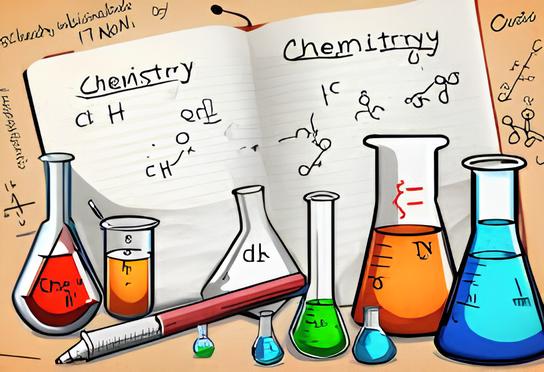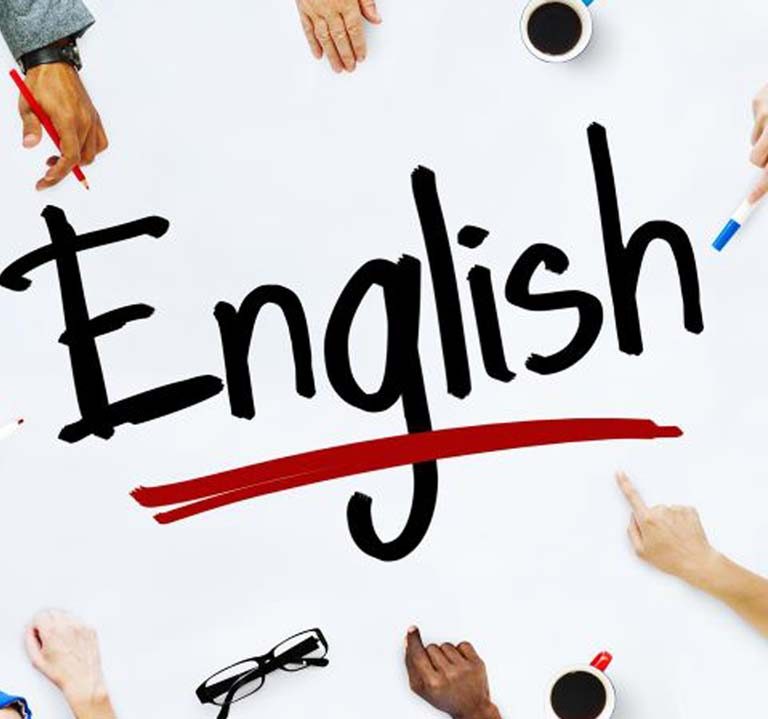JAMB Chemistry Note- Chemical combination
Table of Contents
- Stoichiometry
- Laws of Chemical Combination
- Gas Laws
- Chemical Symbols and Formulae
- Relative Atomic Mass (¹²C = 12)
- The Mole Concept and Avogadro’s Number
- Calculations in Chemical Combination
Stoichiometry
Stoichiometry is the branch of chemistry that involves calculating the quantities of substances involved in chemical reactions. It uses balanced chemical equations to determine the relative amounts of reactants and products.
Example:
For the reaction:
2H₂ + O₂ → 2H₂O
If 2 moles of hydrogen (H₂) react with 1 mole of oxygen (O₂), 2 moles of water (H₂O) are produced. Stoichiometry helps in calculating the mass of each substance involved.
Laws of Chemical Combination
1. Law of Definite Proportions
This law states that a chemical compound always contains the same elements in the same proportions by mass, no matter the source or method of preparation.
Example: Water (H₂O) always contains 2 parts hydrogen and 16 parts oxygen by mass.
2. Law of Multiple Proportions
This law states that when two elements combine to form more than one compound, the ratios of the masses of one element combining with a fixed mass of the other element are simple whole numbers.
Example: Nitrogen and oxygen combine to form NO, NO₂, N₂O, etc., in simple mass ratios.
3. Law of Conservation of Matter
This law states that matter cannot be created or destroyed in a chemical reaction. The total mass of the reactants equals the total mass of the products.
Example: For the reaction:
C₆H₁₂O₆ → 6CO₂ + 6H₂O
The mass of glucose and oxygen before the reaction equals the mass of carbon dioxide and water after the reaction.
Gas Laws
1. Gay-Lussac’s Law of Combining Volumes
This law states that when gases combine or are produced in a chemical reaction, they do so in simple ratios by volume, provided the temperature and pressure remain constant.
Example: If 2 volumes of hydrogen react with 1 volume of oxygen, 2 volumes of water vapor are produced.
2. Avogadro’s Law
This law states that equal volumes of gases, at the same temperature and pressure, contain an equal number of molecules.
Example: 22.4 liters of any gas at STP (Standard Temperature and Pressure) contains 6.022 × 10²³ molecules (Avogadro’s number).
Chemical Symbols and Formulae
- Chemical symbols represent elements (e.g., Na for sodium, Cl for chlorine).
- Chemical formulae represent compounds (e.g., H₂O for water, NaCl for sodium chloride).
Examples:
- Water: H₂O
- Sodium chloride: NaCl
These formulae indicate the number of atoms of each element present in one molecule of the compound.
Relative Atomic Mass (¹²C = 12)
The relative atomic mass of an element is the average mass of its atoms compared to the mass of a carbon-12 atom, which is assigned a value of 12.
Example: The relative atomic mass of oxygen is 16, meaning one oxygen atom is 16 times heavier than one twelfth of a carbon-12 atom.
The Mole Concept and Avogadro’s Number
The mole is the unit used to measure the amount of a substance. One mole of any substance contains 6.022 × 10²³ particles, known as Avogadro’s number.
Example: 1 mole of water (H₂O) contains 6.022 × 10²³ molecules and has a mass of 18 grams.
Calculations in Chemical Combination
1. Moles and Mass Calculations
Example: How many grams of sodium chloride (NaCl) are in 2 moles?
- Molar mass of NaCl = 23 (Na) + 35.5 (Cl) = 58.5 g/mol
- Mass of NaCl = 2 × 58.5 g = 117 g
2. Gas Law Calculations
Using Avogadro’s Law, calculate how many moles of gas are in 44.8 L of oxygen gas at STP.
- Molar volume at STP = 22.4 L/mol
- Moles of oxygen = 44.8 L / 22.4 L/mol = 2 mol






